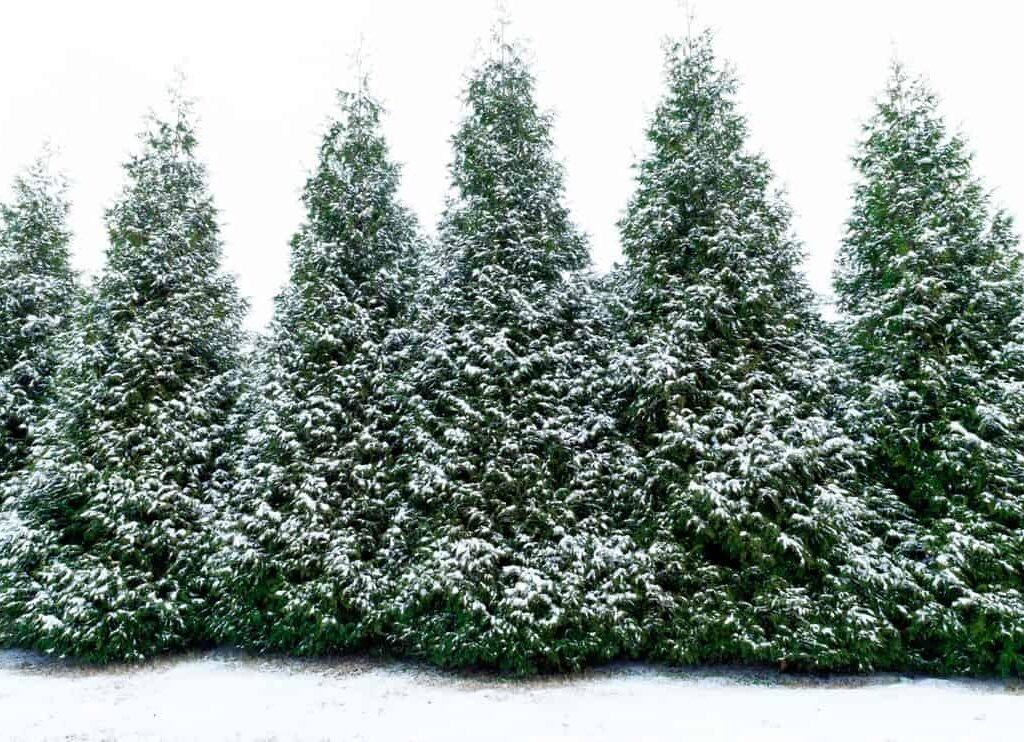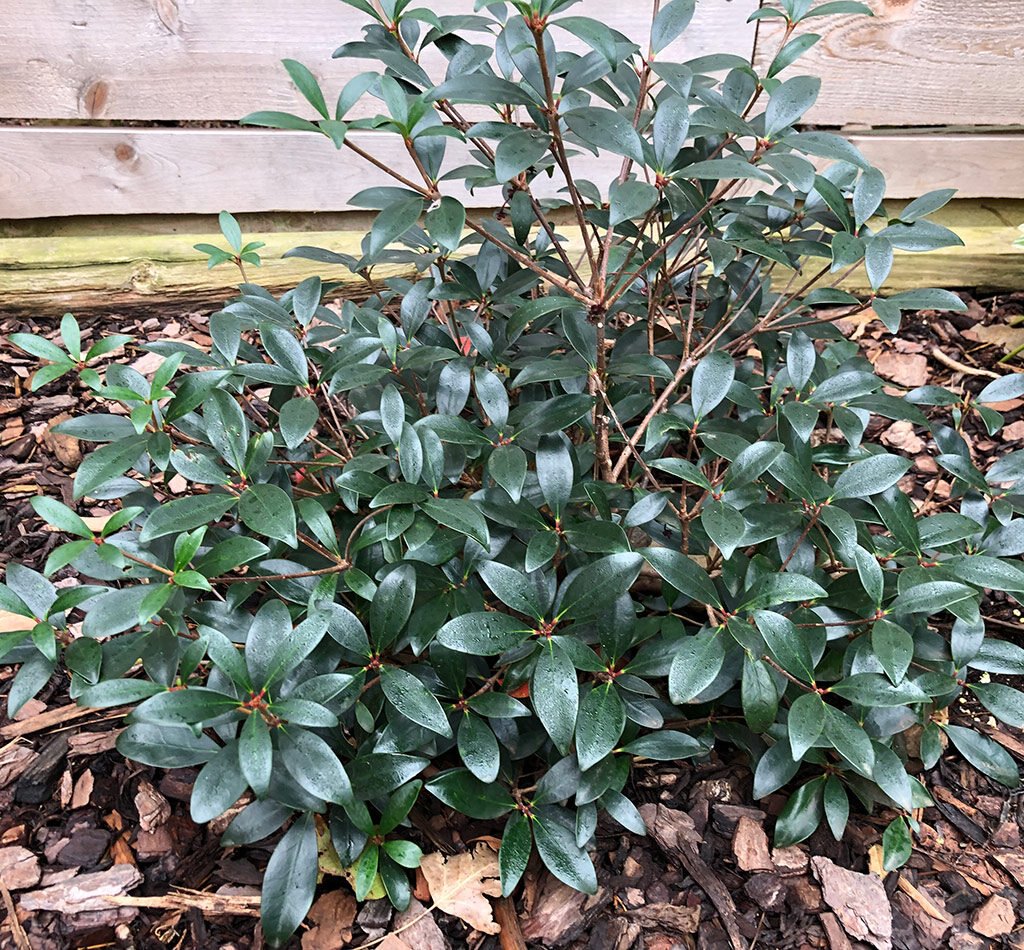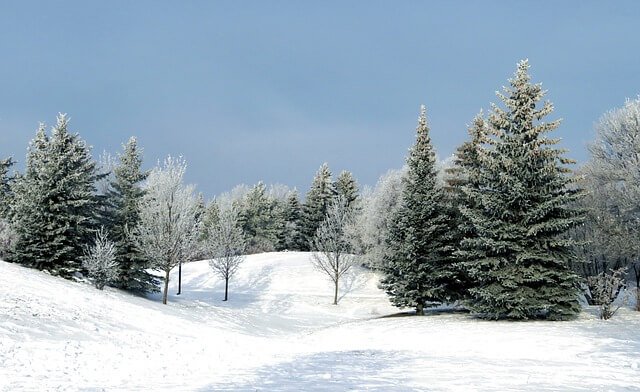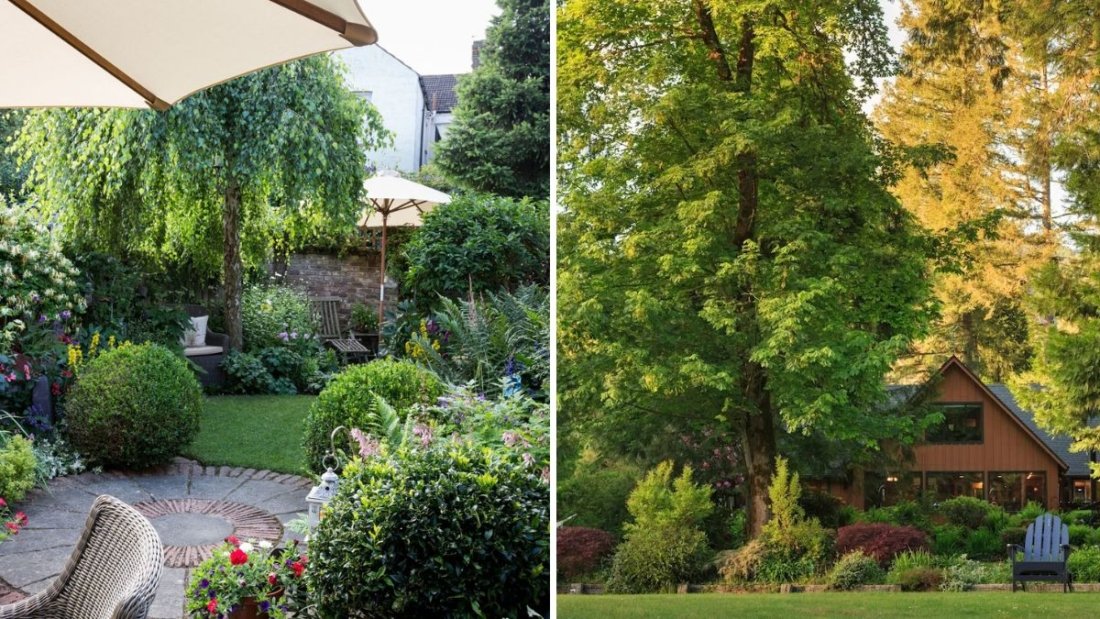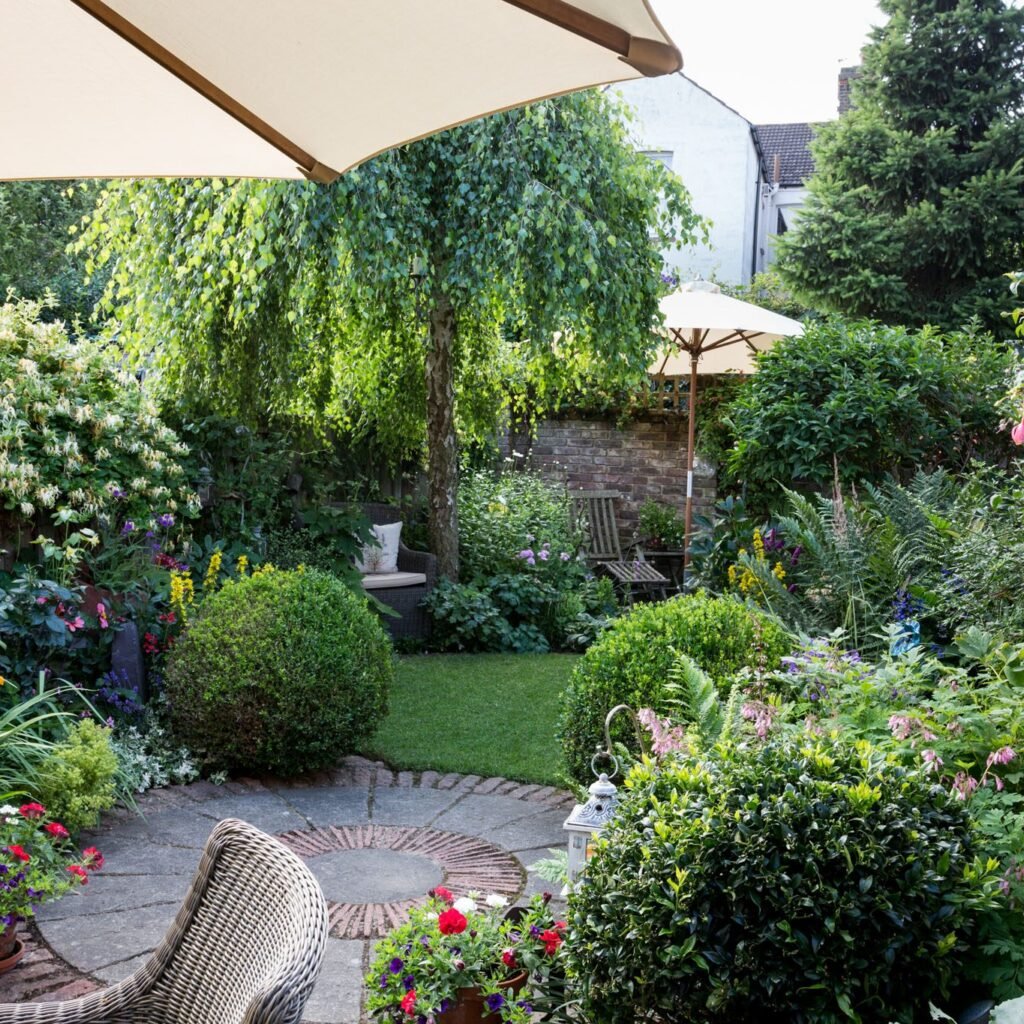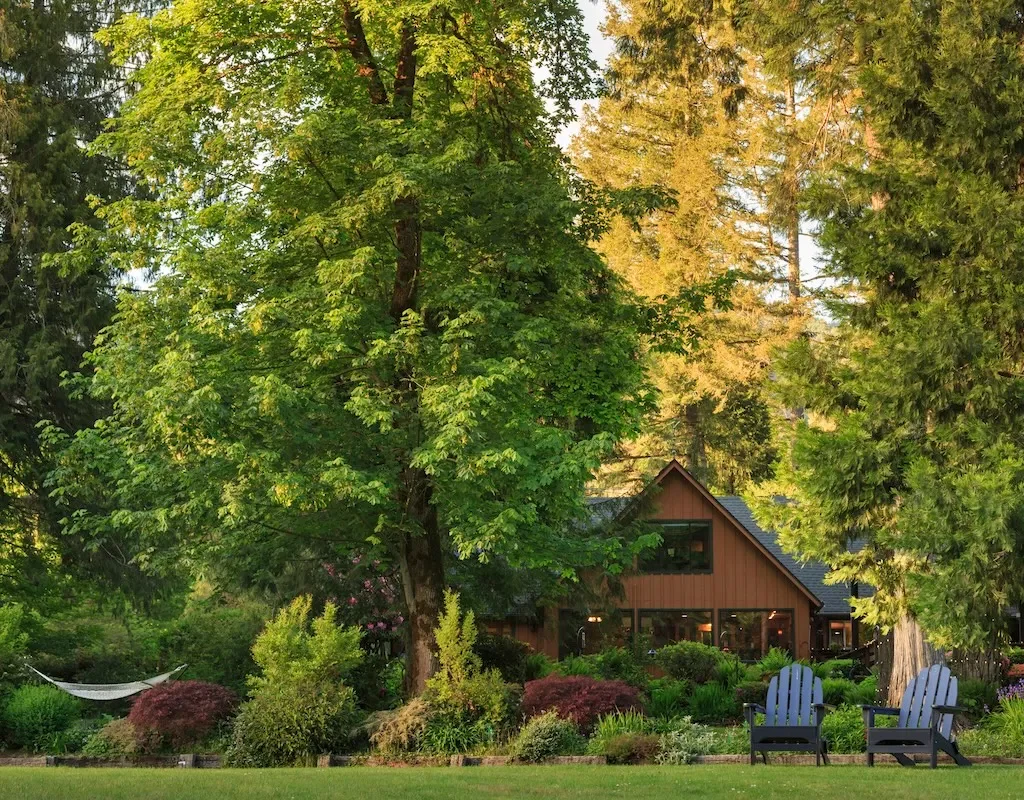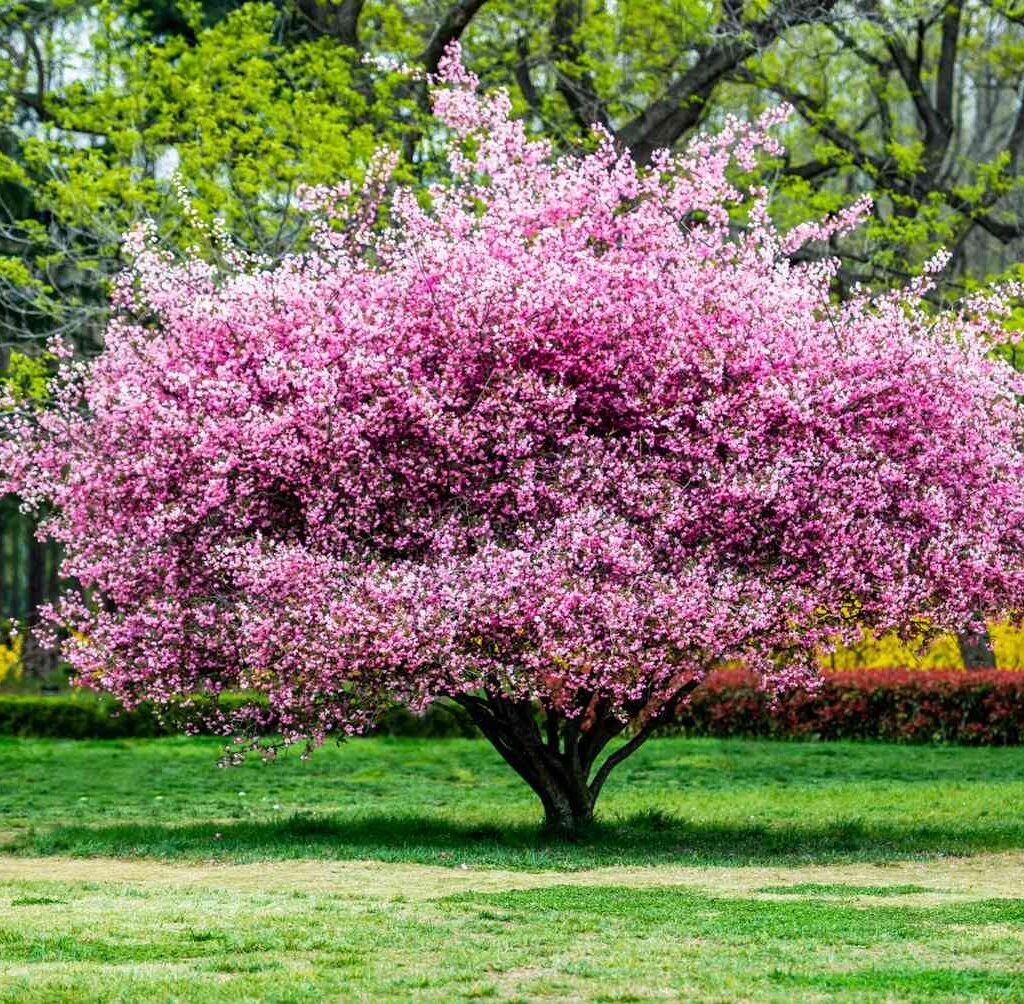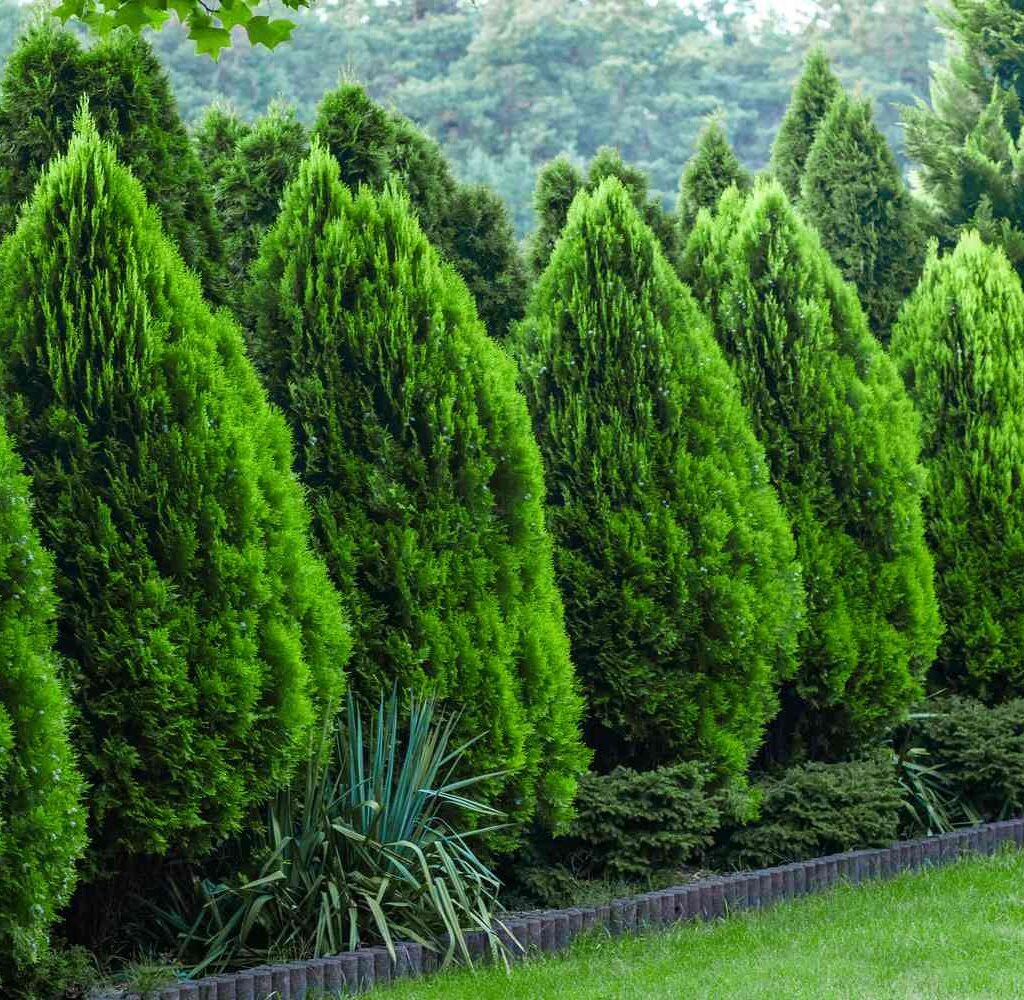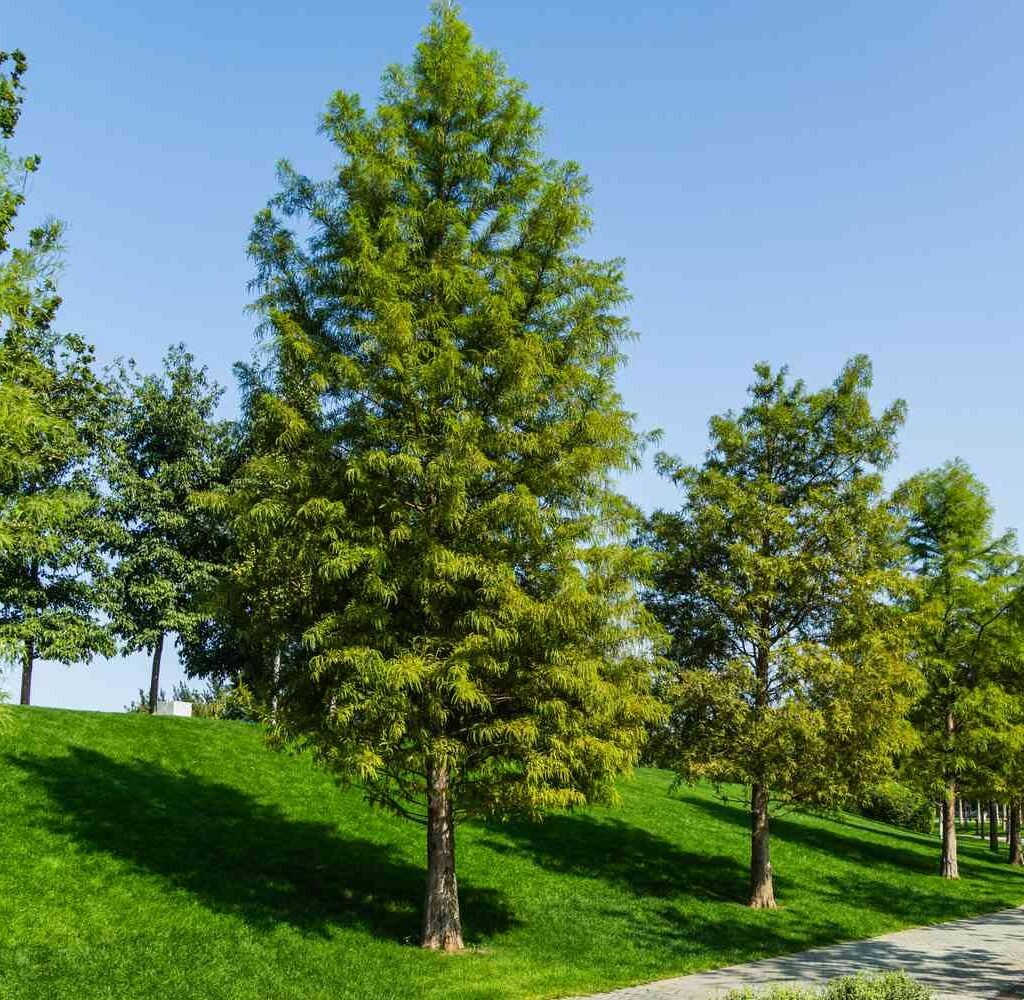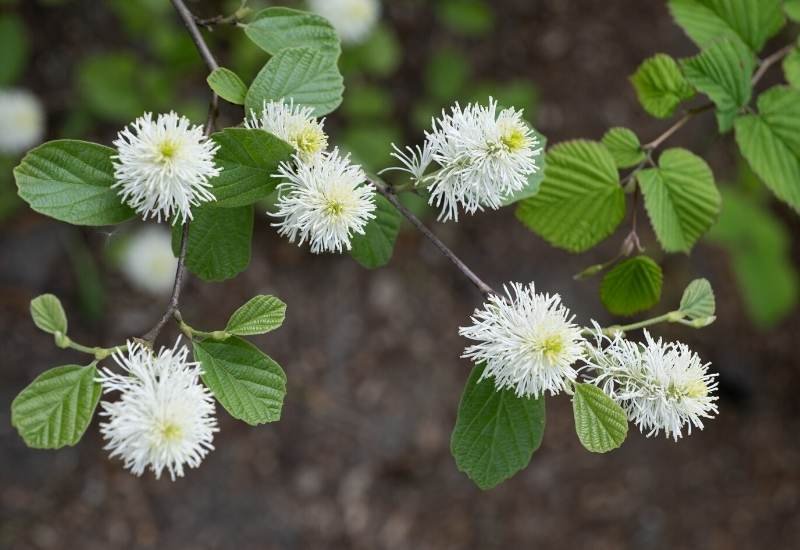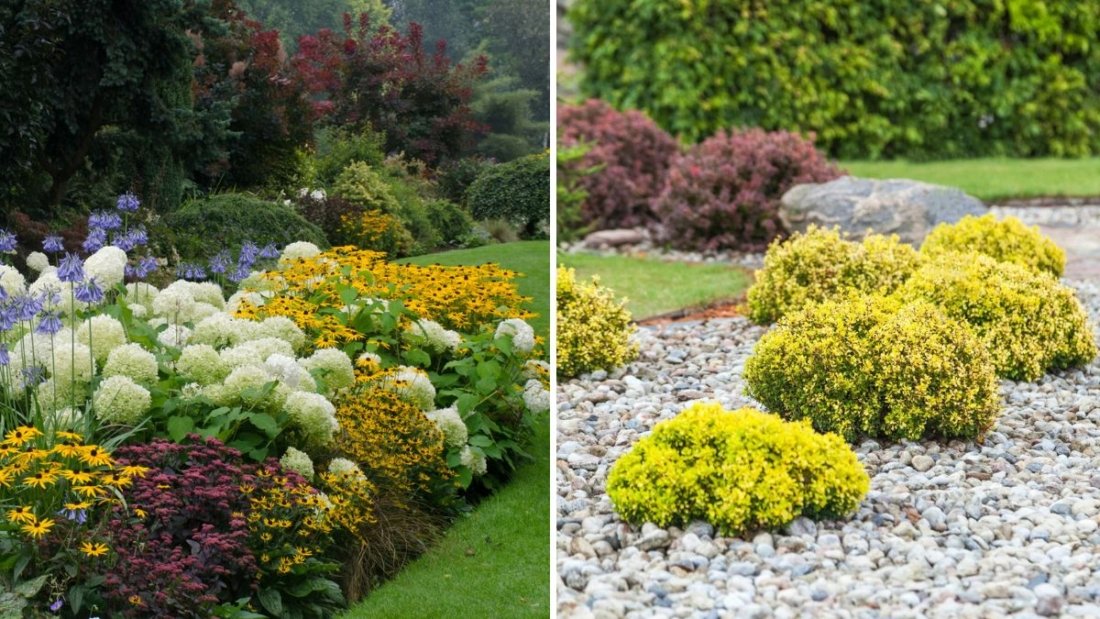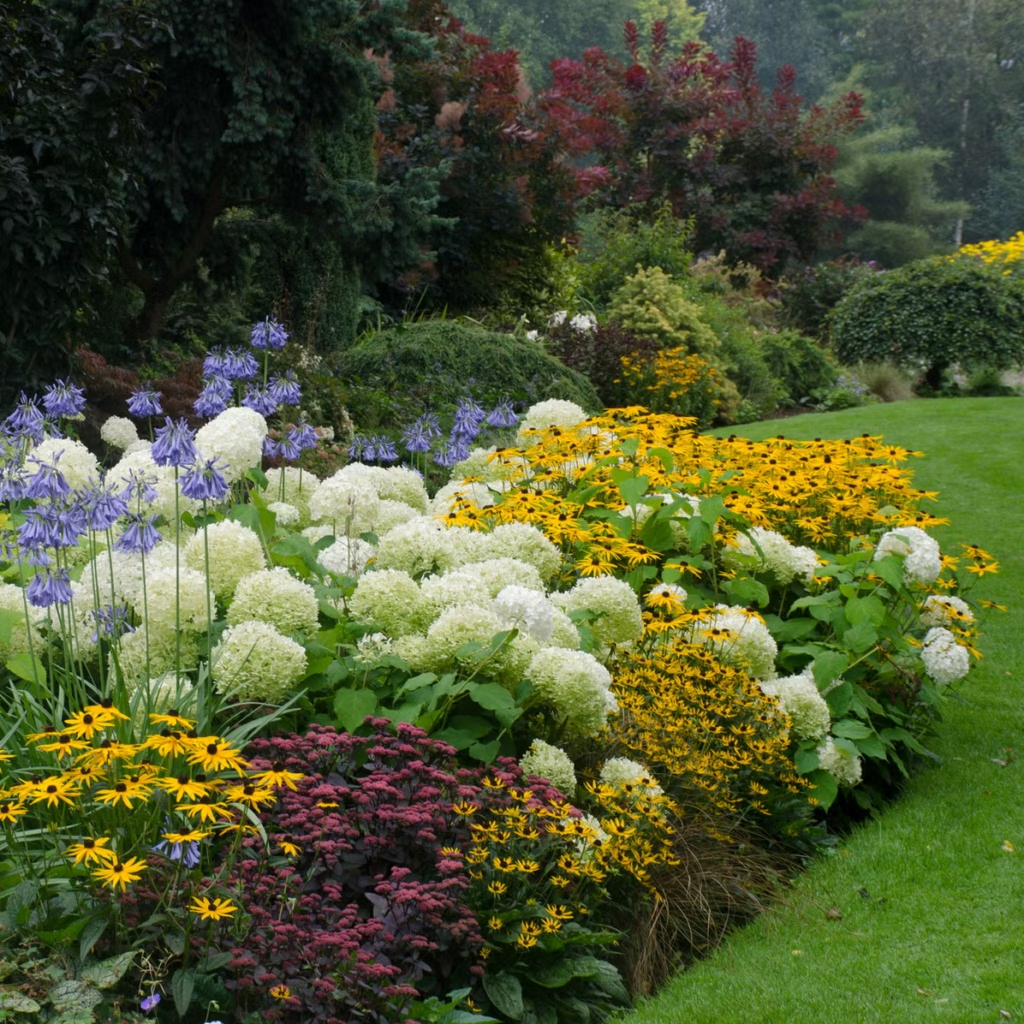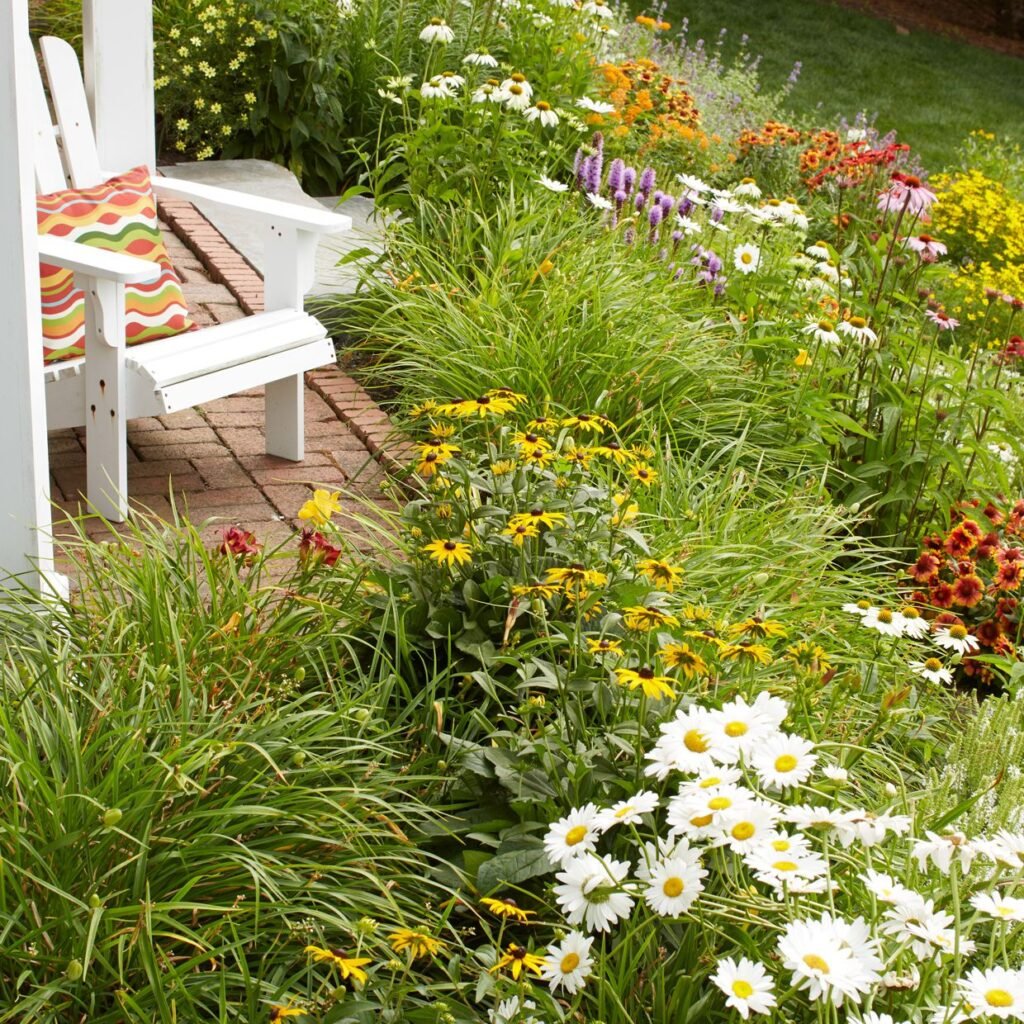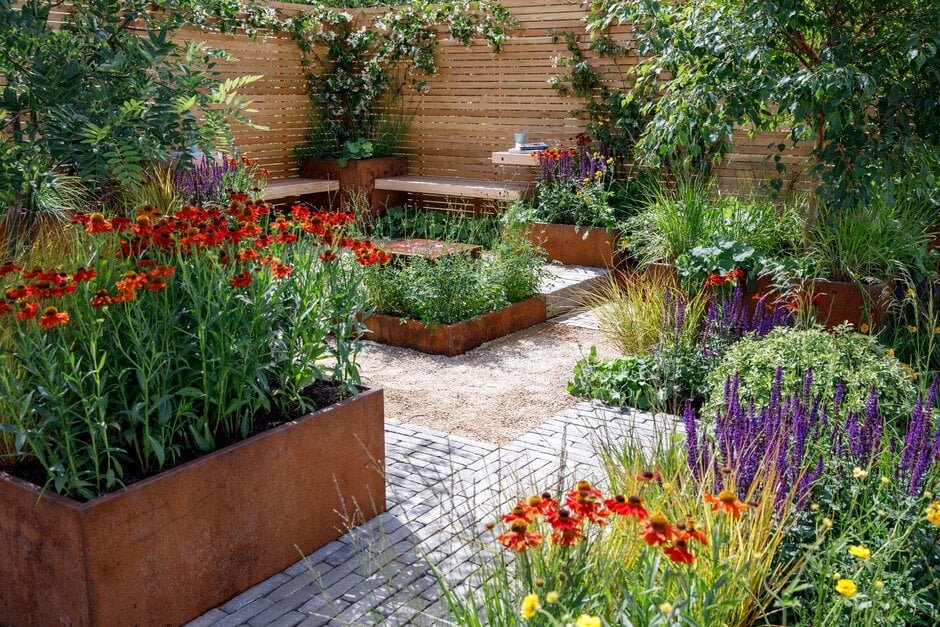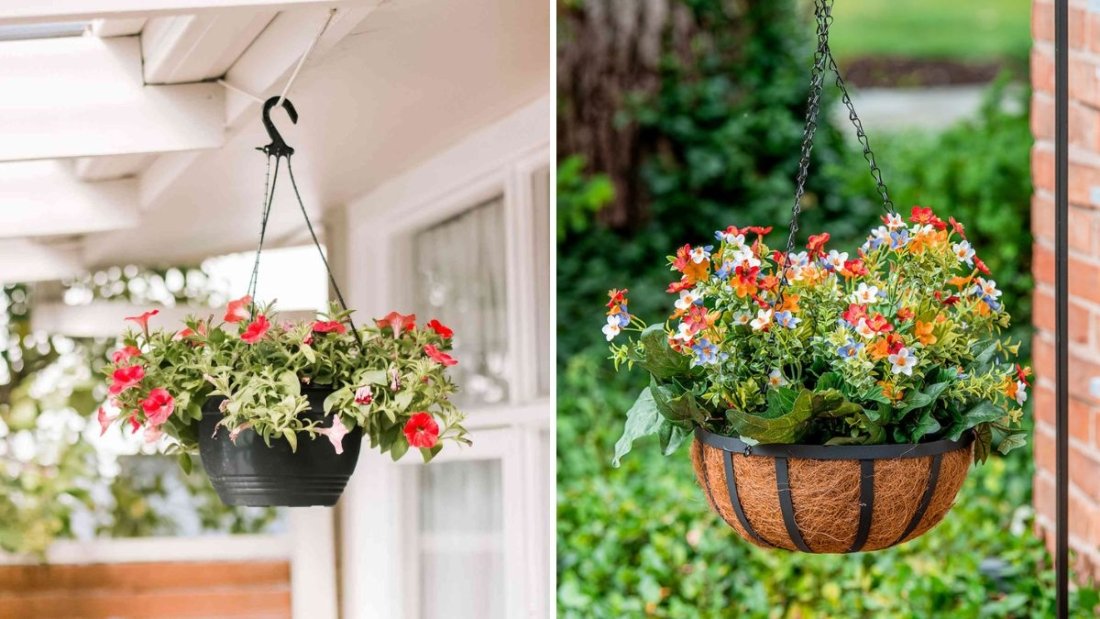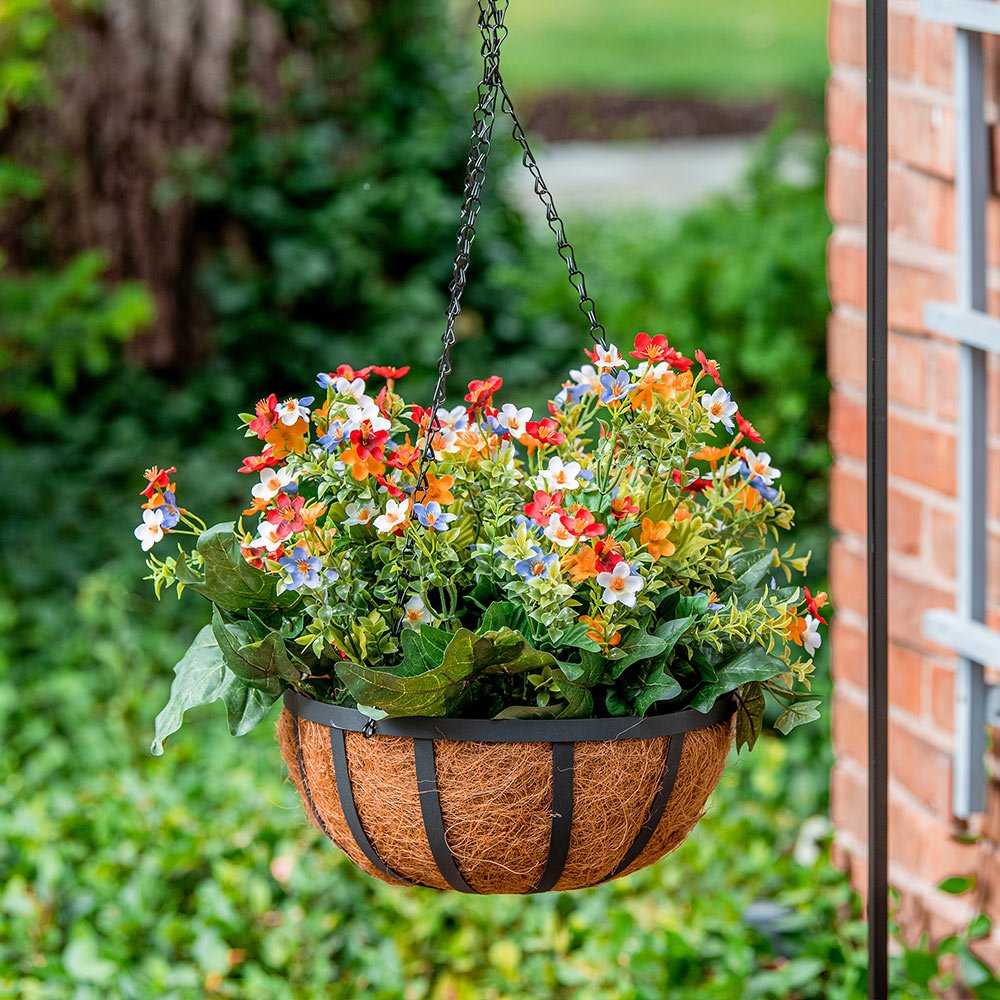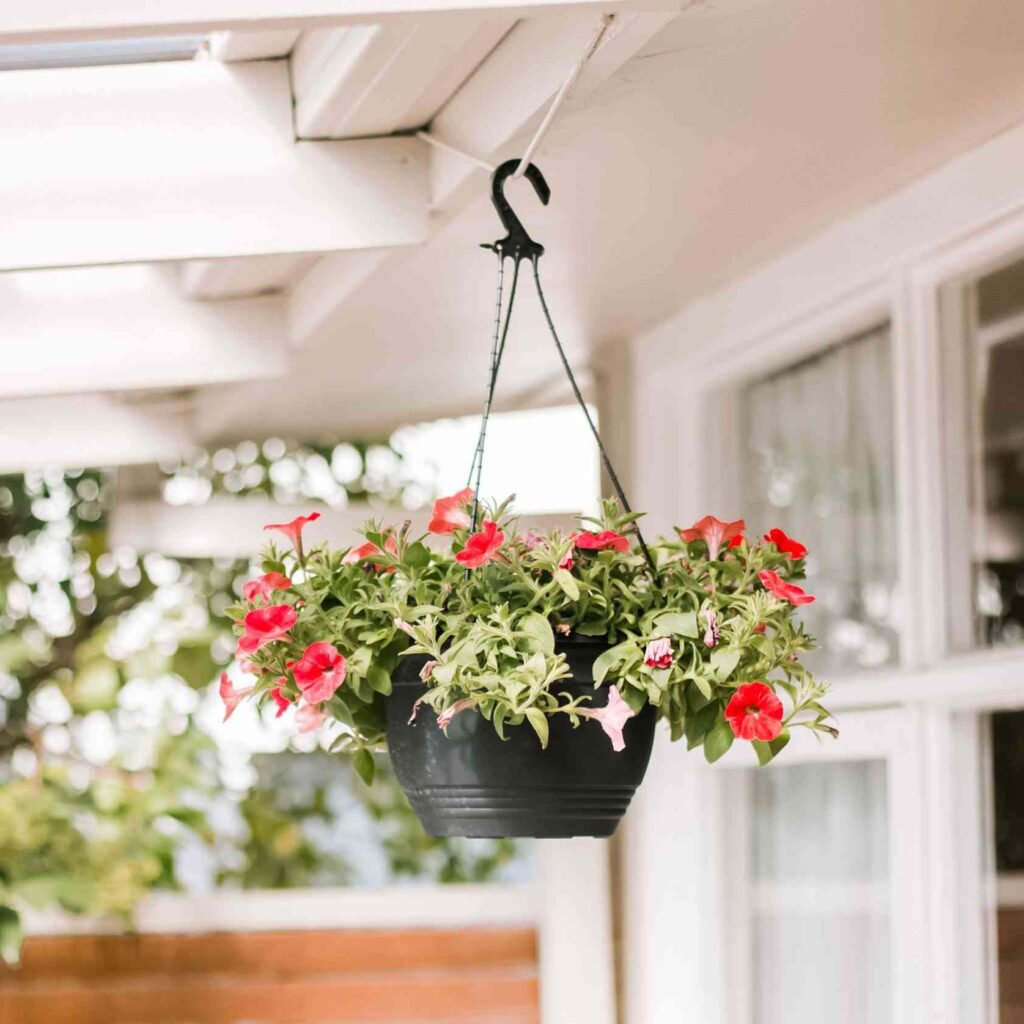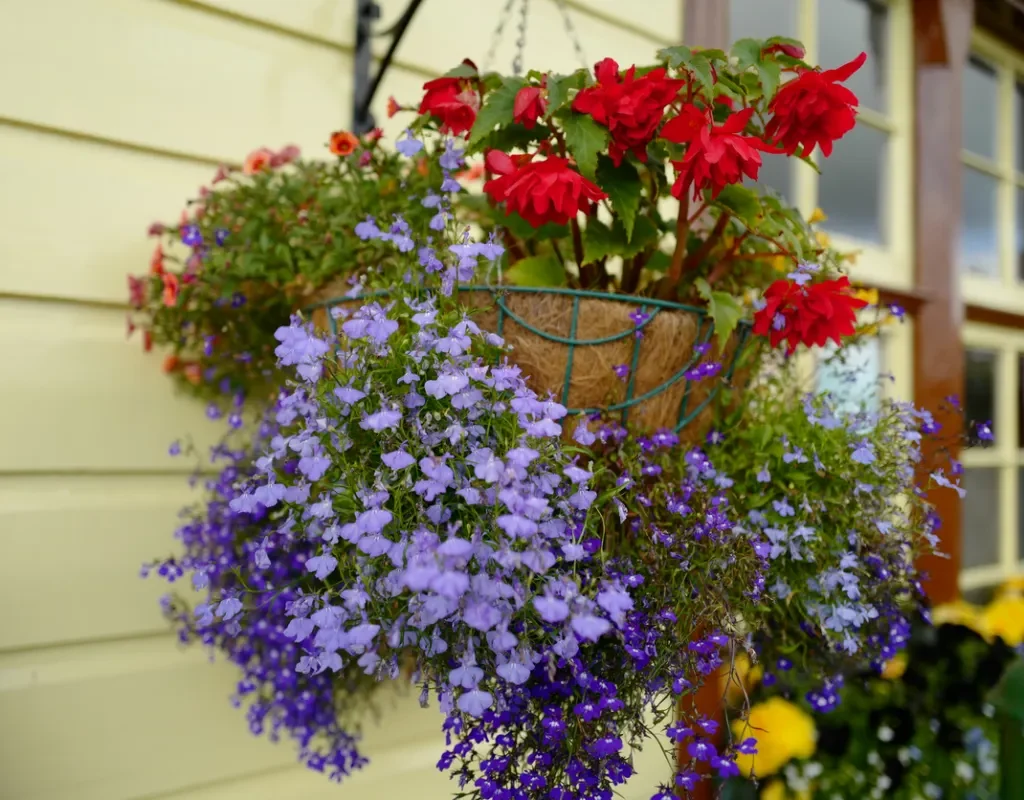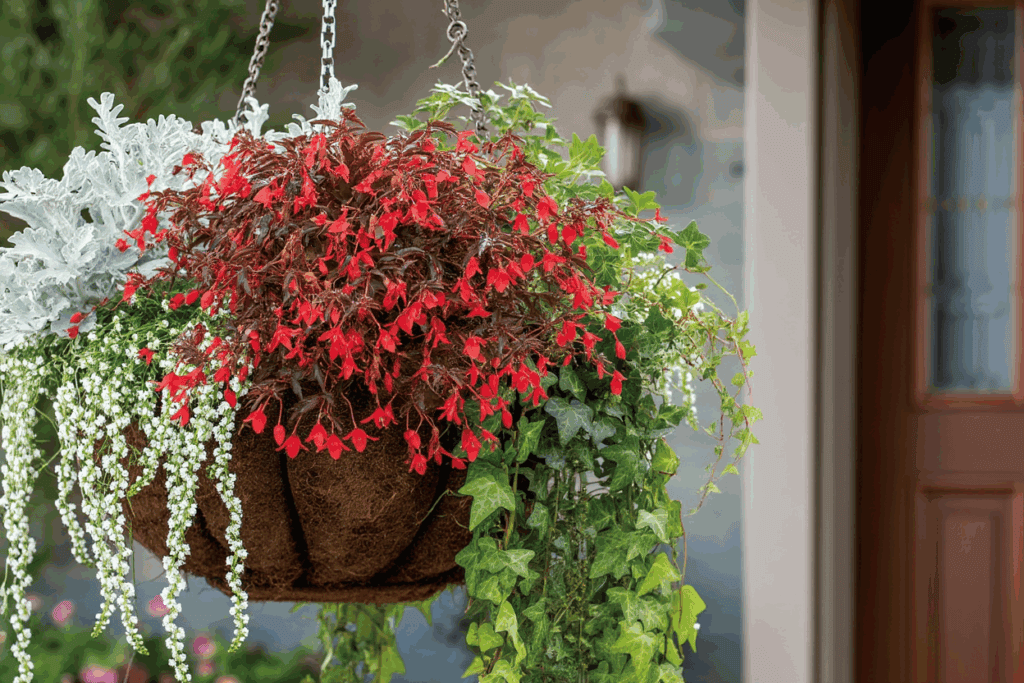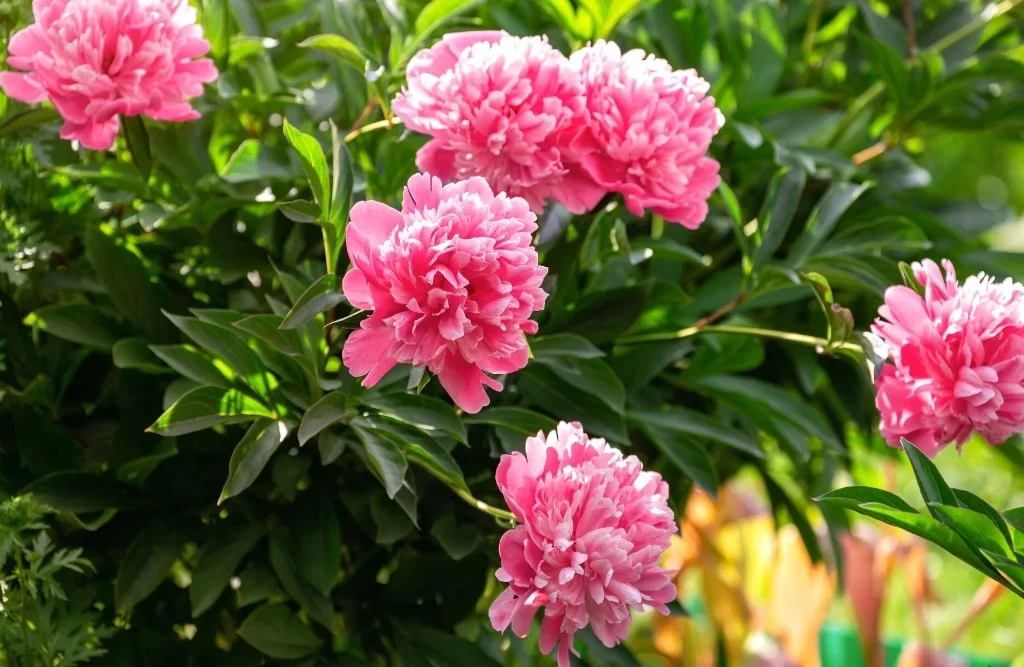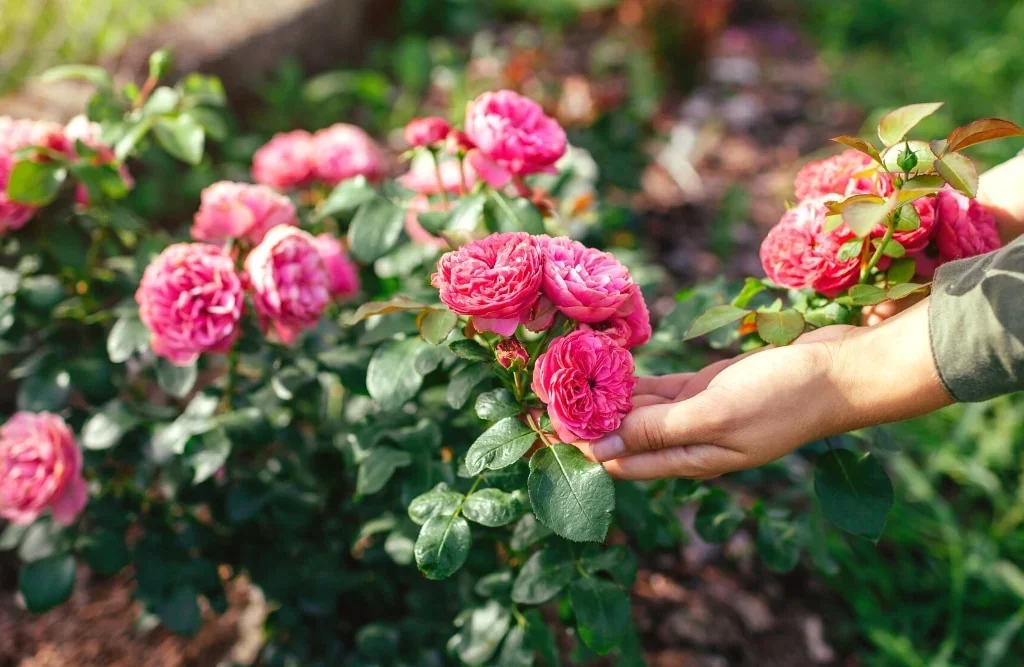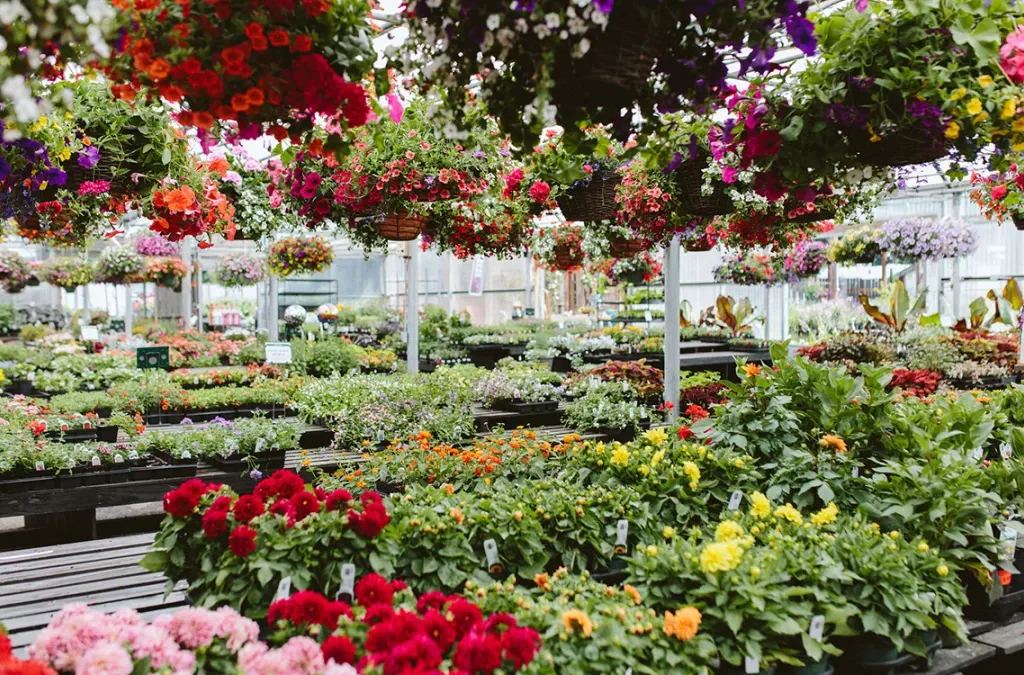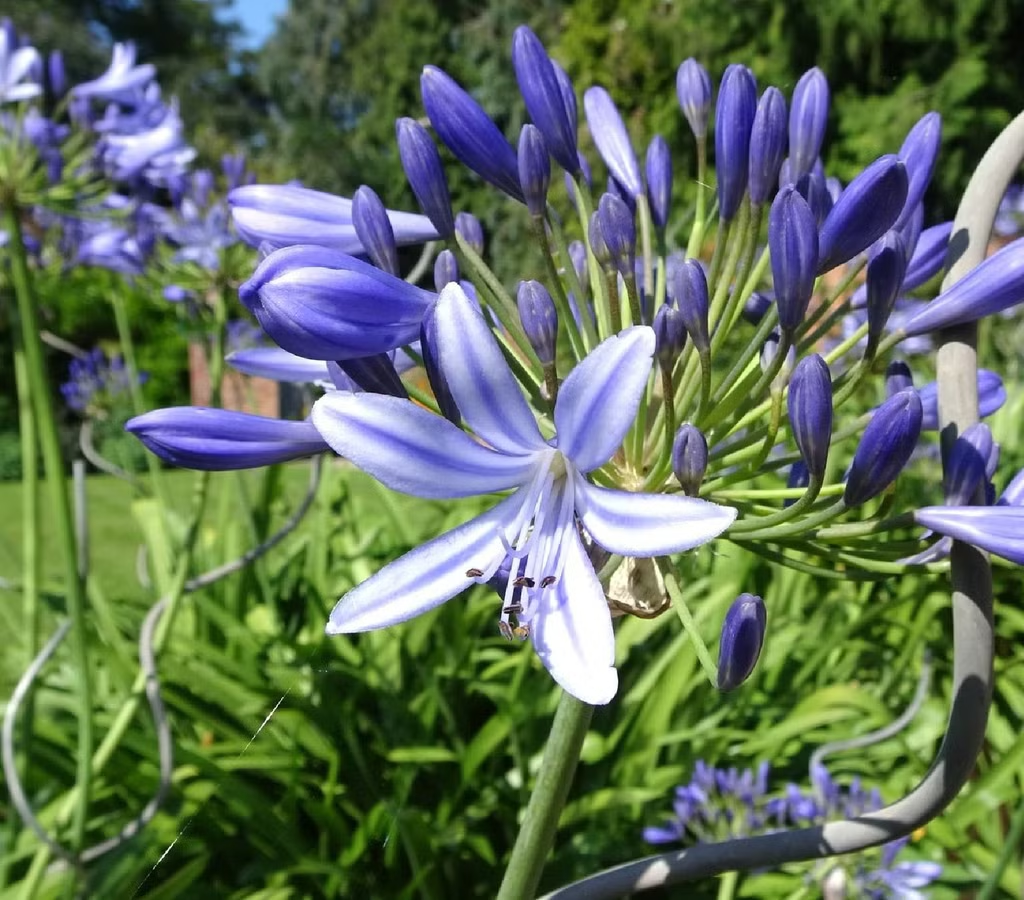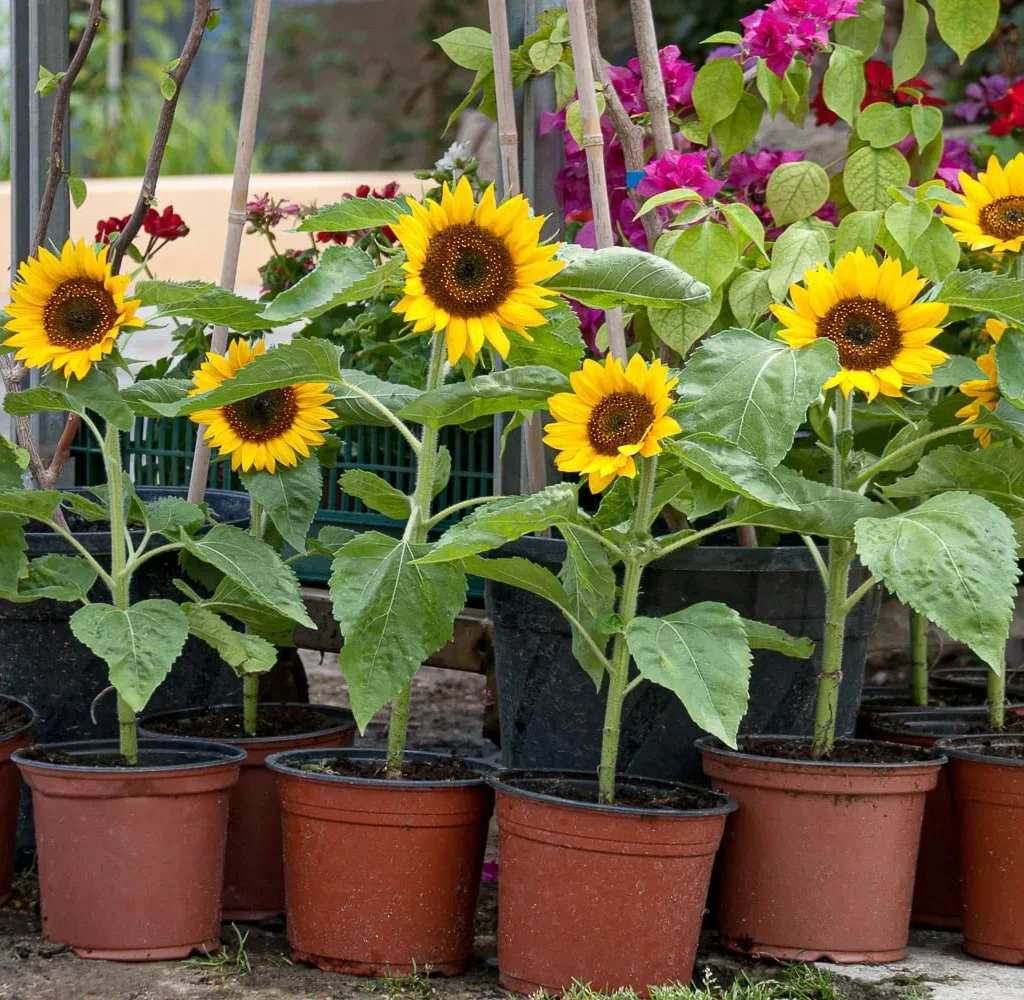Driveways are the gateway to your home, offering both practical function and curb appeal. While trees can enhance the aesthetic value and shade around a driveway, planting the wrong species too close can lead to structural damage, safety hazards, and costly maintenance. Tree roots can crack pavement, overhanging branches may interfere with vehicles, and certain species produce excessive leaf litter or fruit that makes surfaces slippery. Selecting trees thoughtfully ensures a beautiful, functional landscape without compromising the integrity of your driveway. This article explores five trees you should avoid planting near driveways, explaining why they are problematic and offering tips for safer alternatives.
1. Silver Maple (Acer saccharinum)

Silver maples are beloved for their rapid growth and impressive canopy, but they are notorious for causing problems near driveways.
- Root Aggressiveness: Silver maples develop shallow, invasive roots that easily lift sidewalks, crack driveways, and damage underground utilities.
- Size and Canopy: Mature trees can reach 50–70 feet in height with a wide canopy, leading to excessive shade and debris on driveways.
- Maintenance Issues: Large leaves and twigs fall throughout the year, requiring frequent cleaning. Weak wood makes them prone to branch breakage in storms.
- Alternatives: Consider sugar maples or red maples planted at a safe distance, which have less aggressive roots and more manageable growth habits.
Silver maples may offer beauty and fast shade, but the long-term structural damage they cause outweighs the benefits.
2. Willow Trees (Salix spp.)
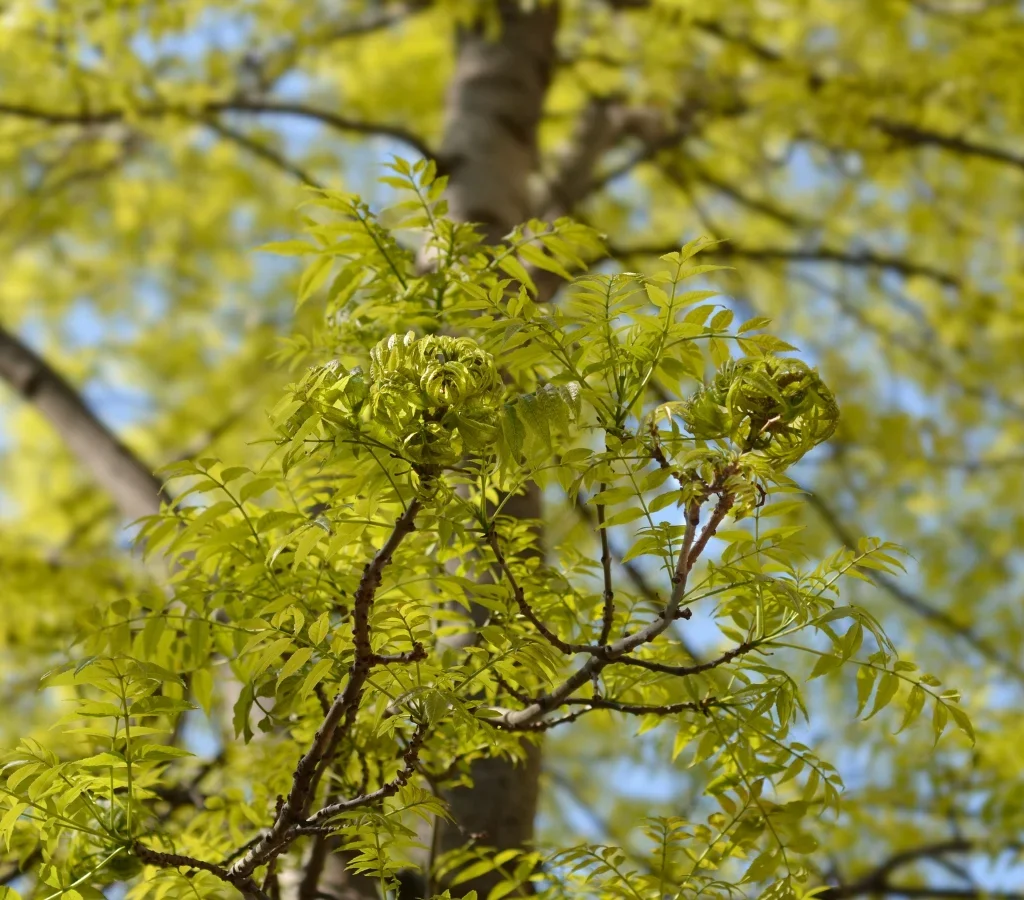
Willows, including weeping willow, are iconic for their elegant, cascading branches but are highly unsuitable near driveways.
- Root System: Willows have extremely aggressive roots that seek water, often invading driveways, septic systems, and nearby pipes.
- Fragile Branches: Soft, fast-growing branches break easily in wind or ice storms, creating hazards for vehicles and pedestrians.
- Messy Debris: Fallen leaves, twigs, and seed pods accumulate rapidly, creating slippery surfaces and increasing maintenance.
- Alternatives: Consider native dogwoods or ornamental cherries at a safe distance, which provide beauty without destructive root systems.
Willows’ aesthetic appeal cannot compensate for their destructive tendencies near paved areas.
3. Poplar Trees (Populus spp.)
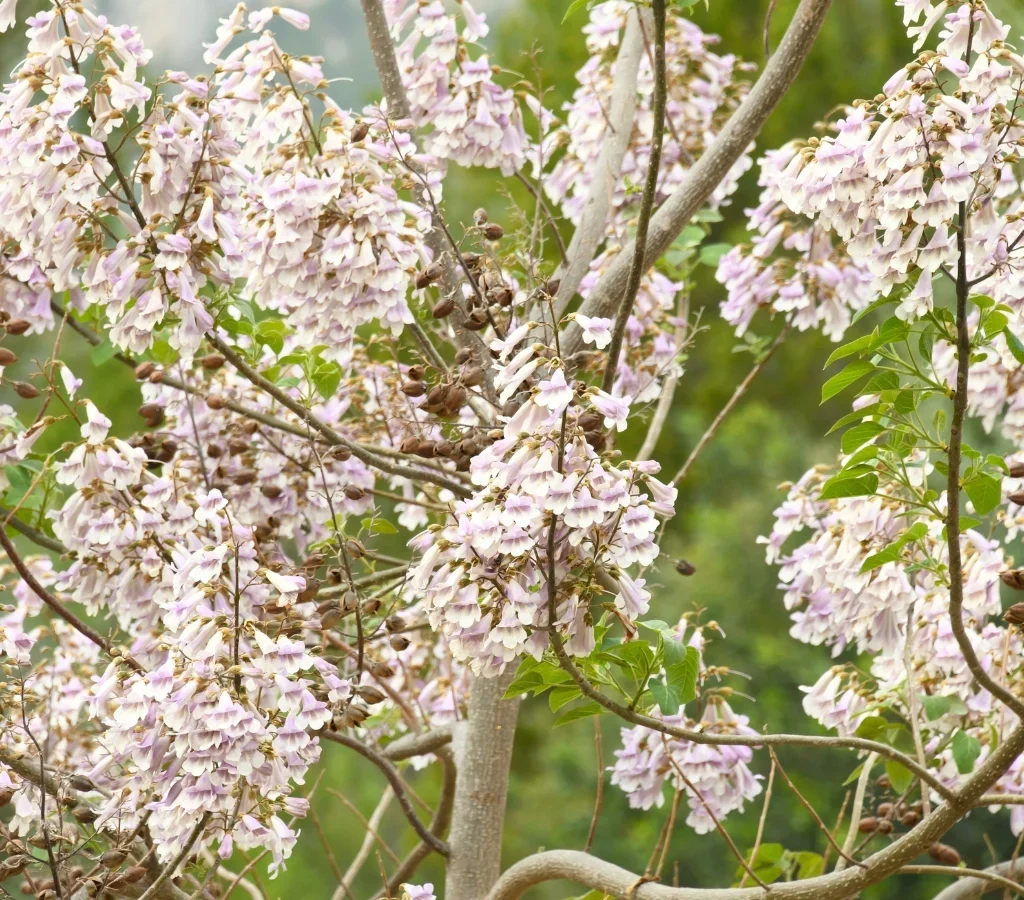
Poplars, including Lombardy poplar, grow quickly and provide fast shade, but their characteristics make them risky near driveways.
- Weak Wood: Poplar branches are brittle and prone to breaking in storms, posing a danger to cars and people.
- Invasive Roots: Roots spread widely and can lift driveways and damage underground pipes.
- Short Lifespan: Many poplars live only 30–50 years, and mature trees often decline rapidly, increasing maintenance and removal costs.
- Alternatives: Consider columnar oaks or hornbeams for upright growth with stronger wood and less invasive roots.
Poplars are excellent for quick shade but require careful placement away from paved structures.
4. Bradford Pear (Pyrus calleryana ‘Bradford’)

Bradford pear trees were once popular for ornamental driveways but have proven problematic over time.
- Weak Branch Structure: Upright branches split easily in wind, ice, or snow, creating hazards for vehicles and sidewalks.
- Invasive Roots: Roots are shallow and can disrupt pavement and nearby structures.
- Messy Fruit: Small, hard fruit and excessive leaf litter fall on driveways, causing slippery surfaces.
- Alternatives: Consider serviceberry (Amelanchier) or flowering crabapple trees, which provide seasonal beauty without structural weaknesses.
The combination of weak wood and shallow roots makes Bradford pear a high-risk choice near driveways.
5. Silver Birch (Betula pendula)
Silver birch trees are graceful and provide stunning winter silhouettes, but they are not ideal for proximity to driveways.
- Shallow Roots: Roots can lift asphalt and concrete, causing cracks and uneven surfaces.
- Messy Litter: Birch trees shed leaves, twigs, and papery bark that require constant cleaning to keep driveways clear.
- Prone to Disease: Birch trees are susceptible to pests such as bronze birch borers and can develop weak limbs.
- Alternatives: Consider hornbeam or ornamental maple varieties, which have more robust roots and cleaner foliage.
Silver birches’ beauty comes at a cost when planted too close to paved areas, making them more trouble than they’re worth.
Factors to Consider When Planting Trees Near Driveways

- Root Structure: Avoid trees with aggressive, shallow roots that can lift or crack pavement. Opt for deep-rooted or non-invasive species.
- Mature Size: Consider the tree’s full height and canopy spread. Trees that grow large may block sunlight or interfere with vehicle clearance.
- Wood Strength: Weak-wooded species are prone to breakage in wind, ice, or snow. Choose trees with durable wood for safety.
- Leaf and Fruit Litter: Consider maintenance requirements. Trees that drop heavy fruit, seeds, or excessive foliage can create slippery surfaces and more work.
- Distance from Driveway: Plant trees at least 10–15 feet away from driveways to prevent root damage and accommodate growth. Consult local planting guidelines for specific species.
- Climate Suitability: Choose trees adapted to your local climate and soil to reduce stress and promote healthy growth.
Safer Alternatives for Driveway Plantings
If you want trees near your driveway without risking damage:
- Columnar Trees: Species like columnar hornbeam, Italian cypress, or upright oaks provide vertical structure without wide-spreading roots.
- Small Ornamental Trees: Dogwood, Japanese maple, or flowering cherries provide seasonal beauty without aggressive roots or brittle wood.
- Evergreen Options: Thuja or compact spruce varieties offer privacy and structure while remaining manageable near paved areas.
- Container Trees: Small trees in large containers can be placed near driveways for decorative purposes without risking root damage.
Proper species selection allows you to enjoy shade, color, and aesthetics without compromising driveway integrity.
Maintenance Tips for Driveway Trees
- Regular Pruning: Remove weak or crossing branches to reduce breakage risks.
- Inspect Roots: Monitor for signs of pavement lifting or root crowding.
- Mulching: Protect soil around the base to retain moisture and reduce root stress.
- Irrigation: Provide adequate water during dry periods to prevent shallow roots from seeking moisture under pavement.
- Professional Advice: Consult an arborist for large trees near driveways to evaluate risk and proper care.
By following these tips, you can maintain a safe, attractive landscape while protecting your driveway.
Conclusion
Planting trees near a driveway can enhance curb appeal, provide shade, and improve property aesthetics. However, certain species pose significant risks due to invasive roots, weak wood, and excessive debris. Silver maples, willows, poplars, Bradford pears, and silver birches are examples of trees that should be avoided near paved surfaces. Understanding the growth characteristics and potential hazards of trees allows homeowners to make informed choices, preventing structural damage, safety hazards, and costly repairs.
By selecting alternative species, maintaining proper planting distances, and implementing routine care, you can enjoy the benefits of trees near your driveway without compromising safety or function. Thoughtful planning and knowledge of tree behavior ensure a beautiful, durable, and hassle-free landscape for years to come.


